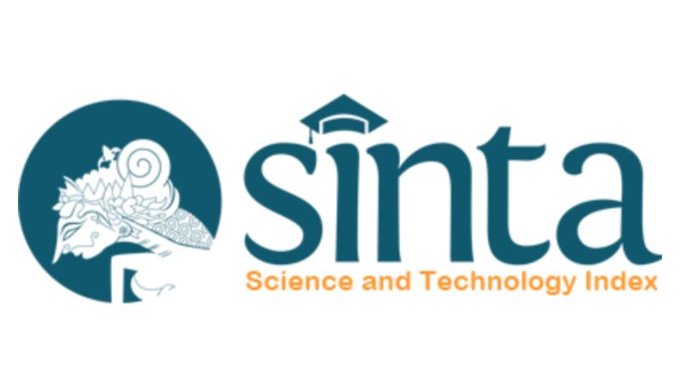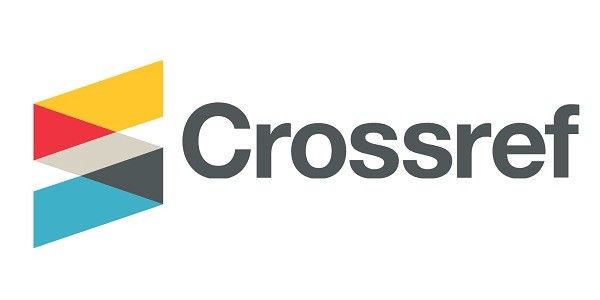Efek Penambahan Laktulosa pada Susu Formula Bayi: Tinjauan Sistematik
DOI:
https://doi.org/10.55175/cdk.v45i11.697Keywords:
Laktulosa, oligosakarida, prebiotik, susu formulaAbstract
Pendahuluan: Salah satu komponen terbesar dalam air susu ibu (ASI) adalah oligosakarida. Oligosakarida berperan penting pada saluran cerna bayi melalui efek prebiotiknya. Laktulosa sebagai salah satu oligosakarida sintetis, telah dikategorikan sebagai prebiotik dan memiliki efek menyerupai ASI dalam hal mengubah komposisi mikrobiota usus. Metode: Tinjauan sistematis efek penambahan laktulosa ke dalam susu formula bayi. Hasil: Laktulosa bisa memperbaiki konsistensi dan frekuensi tinja, hingga menyerupai tinja bayi yang mendapat ASI. Efek samping campuran prebiotik yang sering ditemui adalah diare, kembung dan muntah. Simpulan: Masih diperlukan penelitian lebih lanjut untuk merekomendasikan penambahan laktulosa secara rutin pada susu formula bayi.
Introduction. One of the largest components of breast milk is human milk oligosaccharides (HMO). These components play an important role in the infant gastrointestinal tract based on their prebiotic effect. Lactulose is one of synthetic oligosaccharides, categorized as prebiotic; its effect resembles breastmilk in altering intestinal microbiota composition. Method. A systematic review on the effects of lactulose addition to infant formula. Results. Our search indicates that lactulose can improve the consistency and frequency of feces to resemble the stools of breast-fed infants. Adverse effects of mixed prebiotics are diarrhea, bloating and vomiting. Conclusion. Further research is still needed. Routine addition of lactulose in infant formula is not yet recommended.
Downloads
References
Arrieta M-C, Stiemsma LT, Amenyogbe N, Brown EM, Finlay B. The intestinal microbiome in early life: health and disease. Front Immunol. 2014;5:1–18.
Matamoros S, Gras-Leguen C, Le Vacon F, Potel G, De La Cochetiere MF. Development of intestinal microbiota in infants and its impact on health. Trends Microbiol. 2013;21:167–73.
Kullen MJ, Bettler J. The delivery of probiotics and prebiotics to infants. Curr Pharm Des. 2005;11:55–74.
Goulet O. Potential role of the intestinal microbiota in programming health and disease. Nutr Rev. 2015;73:32–40.
Gibson GR, Probert HM, Loo J Van, Rastall RA, Roberfroid MB. Dietary modulation of the human colonic microbiota: updating the concept of prebiotics. Nutr Res Rev. 2004;17:259.
Roberfroid M. Prebiotics : The Concept Revisited 1 , 2. J Nutr. 2007;137:830S–7S.
Slavin J. Fiber and prebiotics: Mechanisms and health benefits. Nutrients. 2013;5:1417–35.
Vandenplas Y, Zakharova I, Dmitrieva Y. Oligosaccharides in infant formula: more evidence to validate the role of prebiotics. Br J Nutr. 2015;113:1339–44.
Veereman-Wauters G, Staelens S, Van de Broek H, Plaskie K, Wesling F, Roger L, et al. Physiological and bifidogenic effects of prebiotic supplements in infant formulae. J Pediatr Gastroenterol Nutr. 2011;52:763–71.
Ashley C, Johnston WH, Harris CL, Stolz SI, Wampler JL, Berseth CL. Growth and tolerance of infants fed formula supplemented with polydextrose (PDX) and/or galactooligosaccharides (GOS): double-blind, randomized, controlled trial. Nutr J. 2012;11:38.
Giovannini M, Verduci E, Gregori D, Ballali S, Soldi S, Ghisleni D, et al. Prebiotic effect of an infant formula supplemented with galacto-oligosaccharides: randomized multicenter trial. J Am Coll Nutr. 2014;33:385–93.
Sierra C, Bernal MJ, Blasco J, Martínez R, Dalmau J, Ortuño I, et al. Prebiotic effect during the first year of life in healthy infants fed formula containing GOS as the only prebiotic: a multicentre, randomised, double-blind and placebo-controlled trial. Eur J Nutr. 2015;54:89–99.
Vandenplas Y, Greef E De, Veereman G. Prebiotics in infant formula. Gut microbes. 2016;0976:681–7.
Aït-Aissa A, Aïder M. Lactulose: production and use in functional food, medical and pharmaceutical applications. Practical and critical review. Int J Food Sci Technol. 2014;49:1245–53.
MacGillivray P., Finlay HV., Binns T. Use of lactulose to create a preponderance of lactobacilli in the intestine of bottle-fed infants. Scot.med J. 1959;4:182–9.
Joint FAO/WHO Working Group. Standard for infant formula and formulas for special medical purposes intended for infants. Codex Stan. 1981;72:1–21.
Ziegler E, Vanderhoof JA, Petschow B, Mitmesser SH, Stolz SI, Harris CL, et al. Term infants fed formula supplemented with selected blends of prebiotics grow normally and have soft stools similar to those reported for breast-fed infants. J Pediatr Gastroenterol Nutr. 2007;44:359–64.
Nakamura N, Gaskins HR, Collier CT, Nava GM, Rai D, Petschow B, et al. Molecular ecological analysis of fecal bacterial populations from term infants fed formula supplemented with selected blends of prebiotics. Appl Environ Microbiol. 2009;75:1121–8.
Riskin A, Hochwald O, Bader D, Srugo I, Naftali G, Kugelman A, et al. The effects of lactulose supplementation to enteral feedings in premature infants: A pilot study. J Pediatr. 2010;156:209–14.
Nagendra R, Viswanatha S, Arun K, Krishna MRV. Effect of feeding milk formula containing lactulose to infants on faecal bifidobacterial flora. Nutr Res. 1995;15:15–24.
Nagendra R, Vishwanatha S, Rao SV, Ravish SR. Effect of feeding infant formula containing lactulose on intestinal flora in the infant. Indian J Pediatr 1992;59:763–6.
Srinivasjois R, Rao S, Patole S. Prebiotic supplementation of formula in preterm neonates: A systematic review and meta-analysis of randomised controlled trials. Clin Nutr. 2009;28:237–42.
Moro GE, Mosca F, Miniello V, Fanaro S, Jelinek J, Stahl B, et al. Effects of a new mixture of prebiotics on faecal flora and stools in term infants. Acta Paediatr Suppl. 2003;91:77–9.
Watson D, O’Connell Motherway M, Schoterman MHC, van Neerven RJJ, Nauta A, Van Sinderen D. Selective carbohydrate utilization by lactobacilli and bifidobacteria. J Appl Microbiol. 2013;114:1132–46
Downloads
Published
How to Cite
Issue
Section
License
Copyright (c) 2018 https://creativecommons.org/licenses/by-nc/4.0/

This work is licensed under a Creative Commons Attribution-NonCommercial 4.0 International License.





















